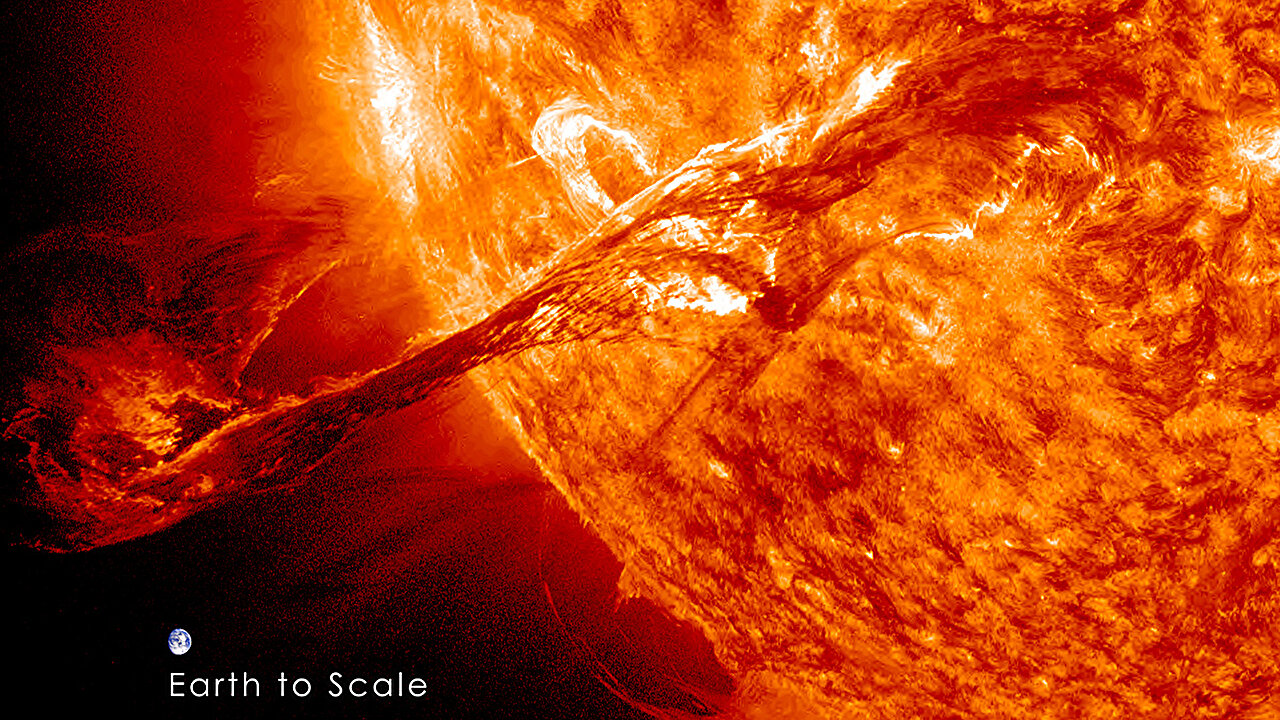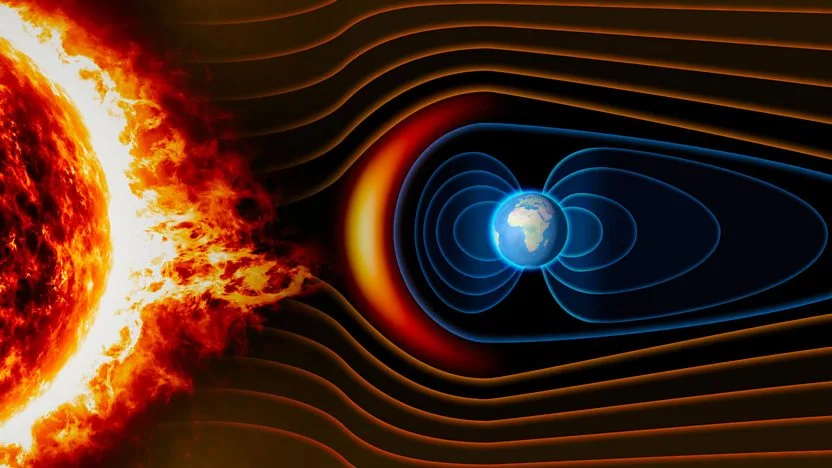In April 2023, a colossal solar storm struck the Earth, temporarily obliterating a portion of the planet’s magnetic field. This event caused the Earth’s magnetosphere to change its shape, forming what researchers describe as “wings.” As a result, a temporary two-way highway between the Sun and Earth was established, allowing charged particles to travel in both directions and leading to auroras at both poles. This phenomenon was incredibly rare and had significant effects on the Earth’s magnetic shield.
Researchers involved in a new study on the event explained that typically, Earth moves through the solar wind at a speed faster than the Alfvén speed, which is the speed of magnetic waves through plasma. This interaction is likened to the effect of a supersonic jet creating a sonic shock in the atmosphere. As Earth moves in this way, it normally generates a bow shock, a barrier at the front of the planet’s magnetosphere that deflects the solar wind.

However, during the April solar storm, a coronal mass ejection (CME) caused the Alfvén speed to exceed that of the solar wind. When this happened, the usual bow shock disappeared, and Earth’s magnetosphere lost its typical shape, instead growing Alfvén wings. These wings magnetically connected the Earth to the Sun, creating pathways for Earth’s plasma to be lost to the Sun.
NASA described this extraordinary event on social media, noting that Earth’s magnetic shield briefly dissipated during the storm. With the bow shock gone, the magnetic field within the CME fused with Earth’s magnetic field, allowing particles trapped by Earth’s magnetism to flow directly back to the Sun. For about two hours, there was a two-way flow of particles, with Earth also sending particles into the Sun.
Though the resulting solar aurora would have been too faint to see, NASA’s Magnetospheric Multiscale spacecraft detected the flow of particles. While Alfvén wings are rare in the Earth’s vicinity, they are quite common in other parts of the universe, particularly in the gas giants of our Solar System. At Jupiter, for example, these wings facilitate the transfer of charged particles from its moons, contributing to the planet’s spectacular ultraviolet auroras.

